Find the potential difference between points and of the system shown in figure, if the emf is equal to and the capacitance ratio .

The correct Answer is:
Let and and charges on different cacitors have been shown. Net charge on isolated system should be zero.
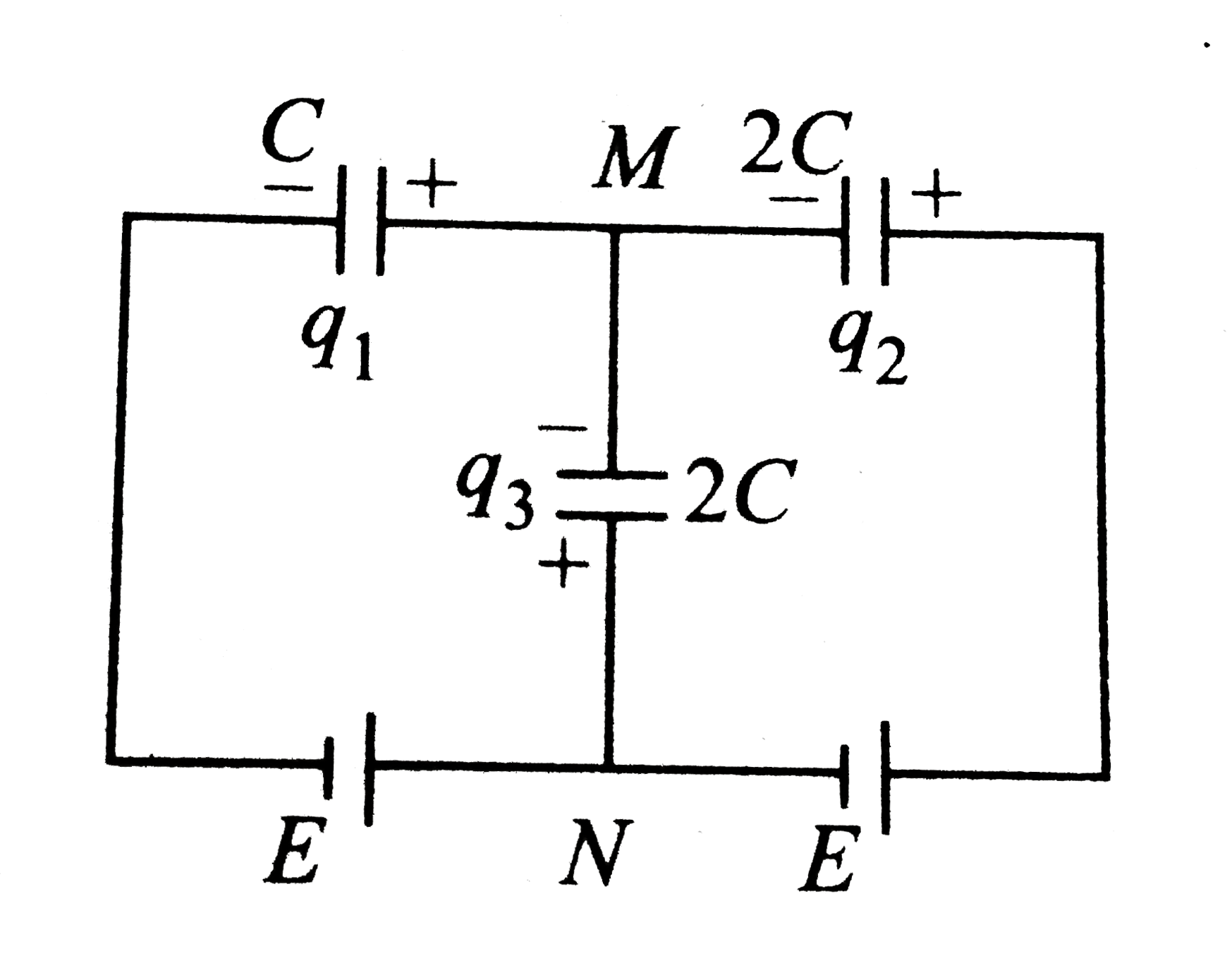 .
.
Hence, (i)
For left loop,
(ii)
or (using
or
or (iii)
For right loop,
or (iv)
Solving Eqs. (iii) and (iv), we get
So .
Topper's Solved these Questions
- BOOK - CENGAGE PHYSICS ENGLISHCHAPTER - CAPACITOR AND CAPACITANCEEXERCISE - Single Correct49videos
CAPACITOR AND CAPACITANCE
- BOOK - CENGAGE PHYSICS ENGLISHCHAPTER - CAPACITOR AND CAPACITANCEEXERCISE - Multile Correct11videos
CAPACITOR AND CAPACITANCE
- BOOK - CENGAGE PHYSICS ENGLISHCHAPTER - CAPACITOR AND CAPACITANCEEXERCISE - Exercise 4.232videos
CAPACITOR AND CAPACITANCE
- BOOK - CENGAGE PHYSICS ENGLISHCHAPTER - ATOMIC PHYSICSEXERCISE - ddp.4.315videos
ATOMIC PHYSICS
- BOOK - CENGAGE PHYSICS ENGLISHCHAPTER - CENGAGE PHYSICS DPPEXERCISE - subjective type51videos
CENGAGE PHYSICS DPP
Similar Questions
Find the potential difference VA−VB between points A and B of the circuit shown in figure.
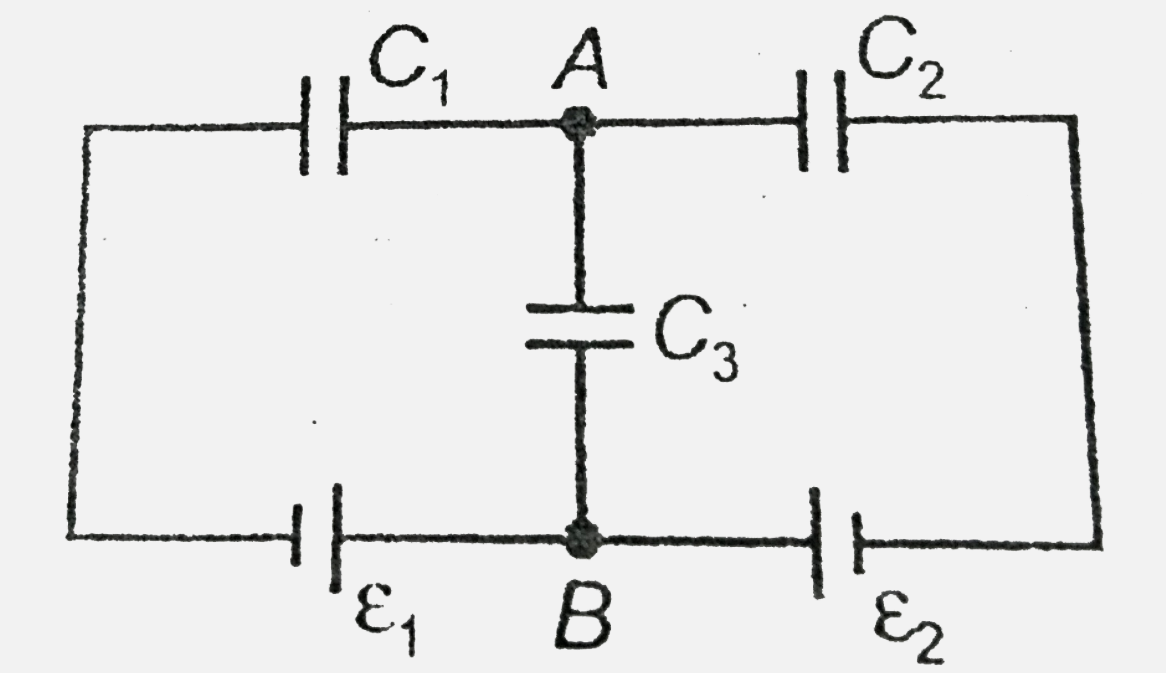 View Solution
View SolutionFind the potential difference between A and B as shown in the figure
 View Solution
View SolutionFind the potential difference Va−Vb between the points a and b shown in each part of the figure.
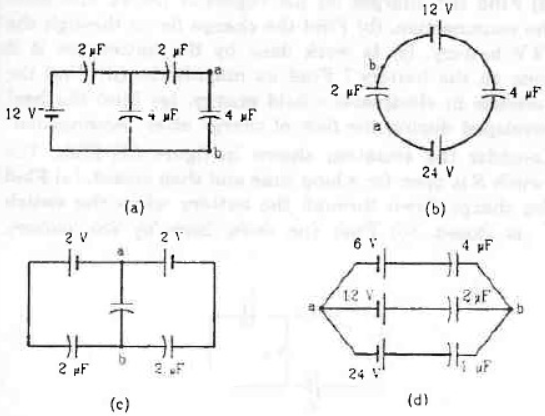 View Solution
View SolutionFind the potential difference Va−Vb , between the points a and b shown in each part of the figure.
 View Solution
View Solutionfind the potential difference between th point A and B and between the point B and C of figure in steady state.
 View Solution
View SolutionFind the potential difference between the points A and B and between the points B ans C of figure in steady state.
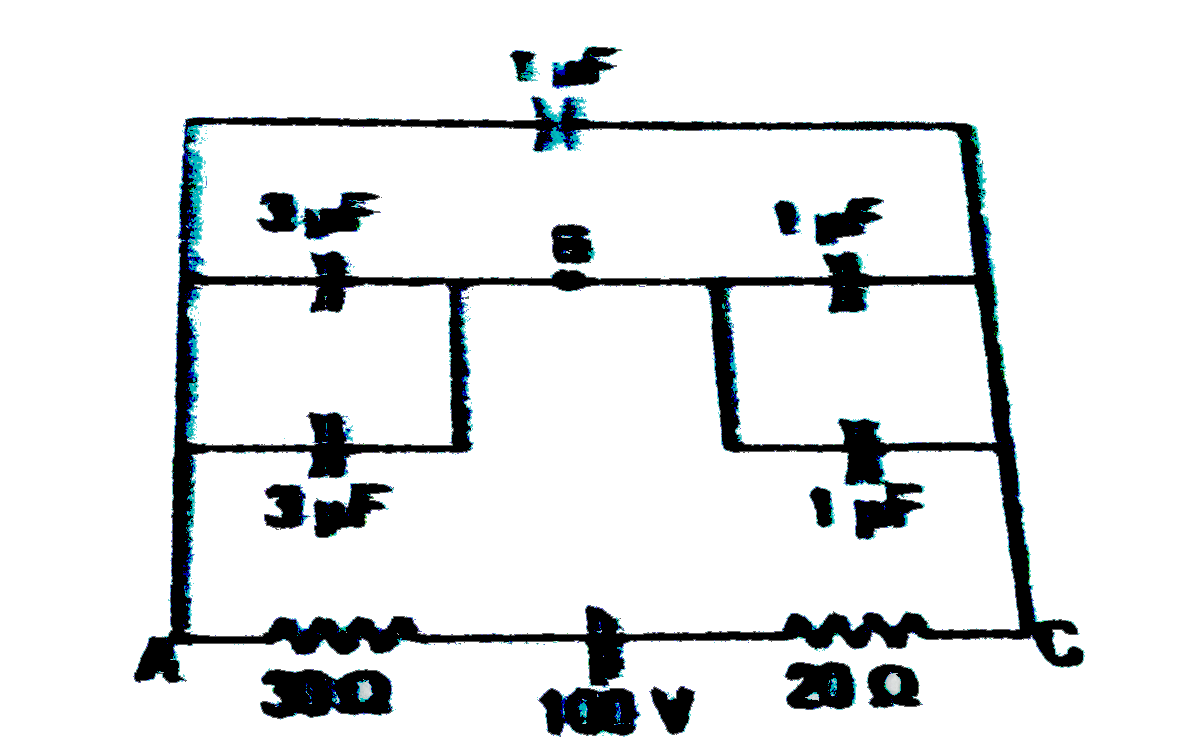 View Solution
View SolutionFind the potential difference Va−Vb between the points (1) and (2) shown in each part of Fig.
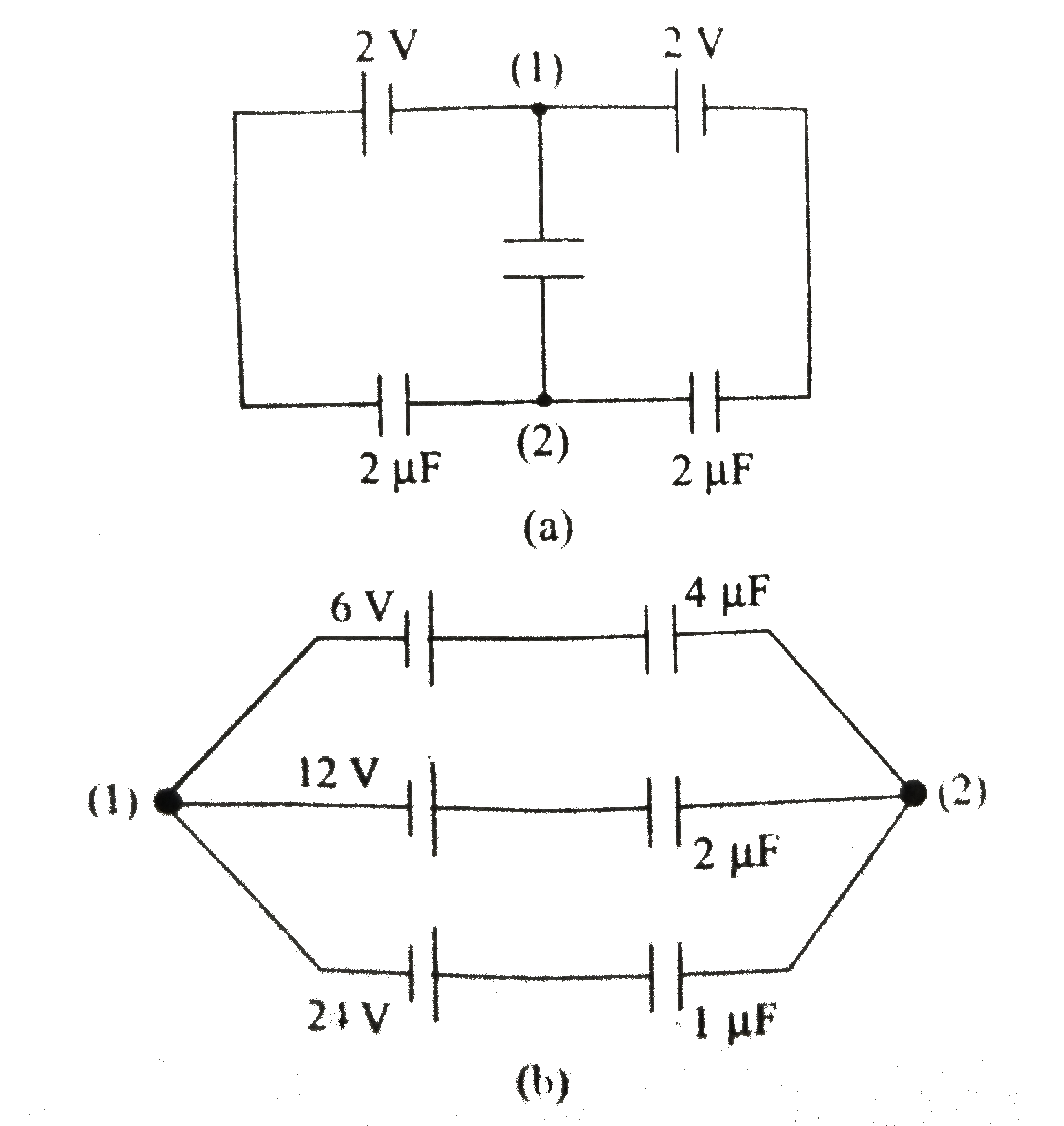 View Solution
View SolutionAt steady state, the potential difference between points C and D in the circuit shown is equal to ________ V.
 View Solution
View SolutionFind the potential difference between the points A and B (VA−VB) as shown in figure. (Initially all the capacitors are uncharged)
 View Solution
View SolutionDetermine the potential difference VA−VB between point A and B of the circuit shown in figure . Under what condition is it equal to zero ?
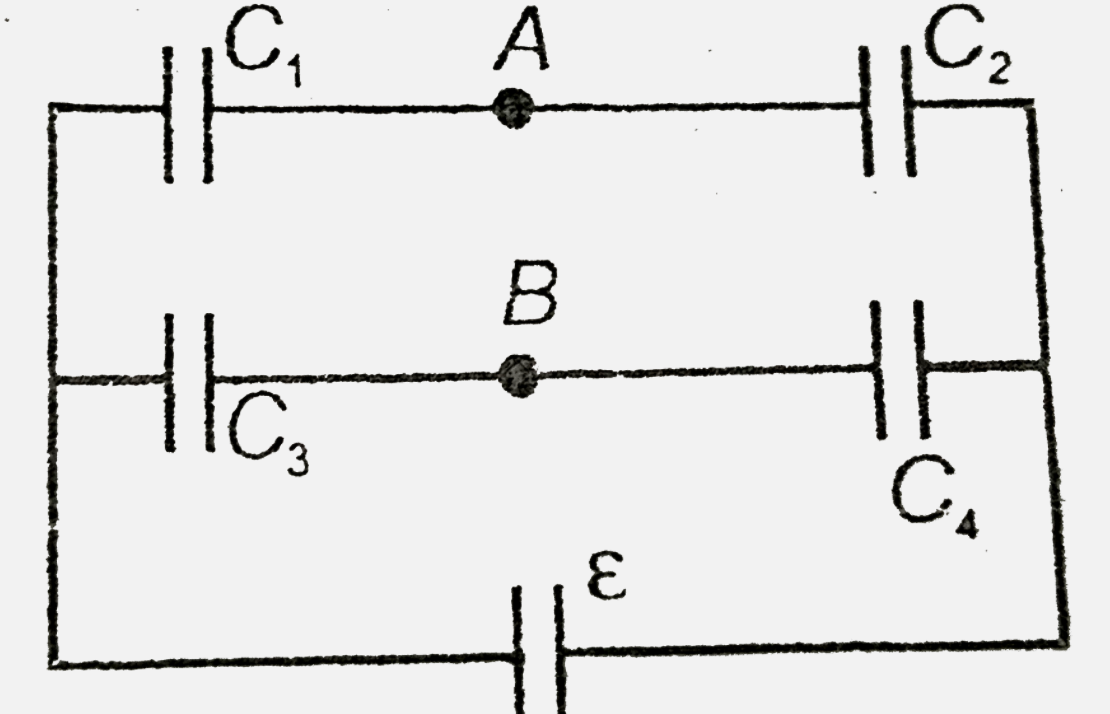 View Solution
View Solution

